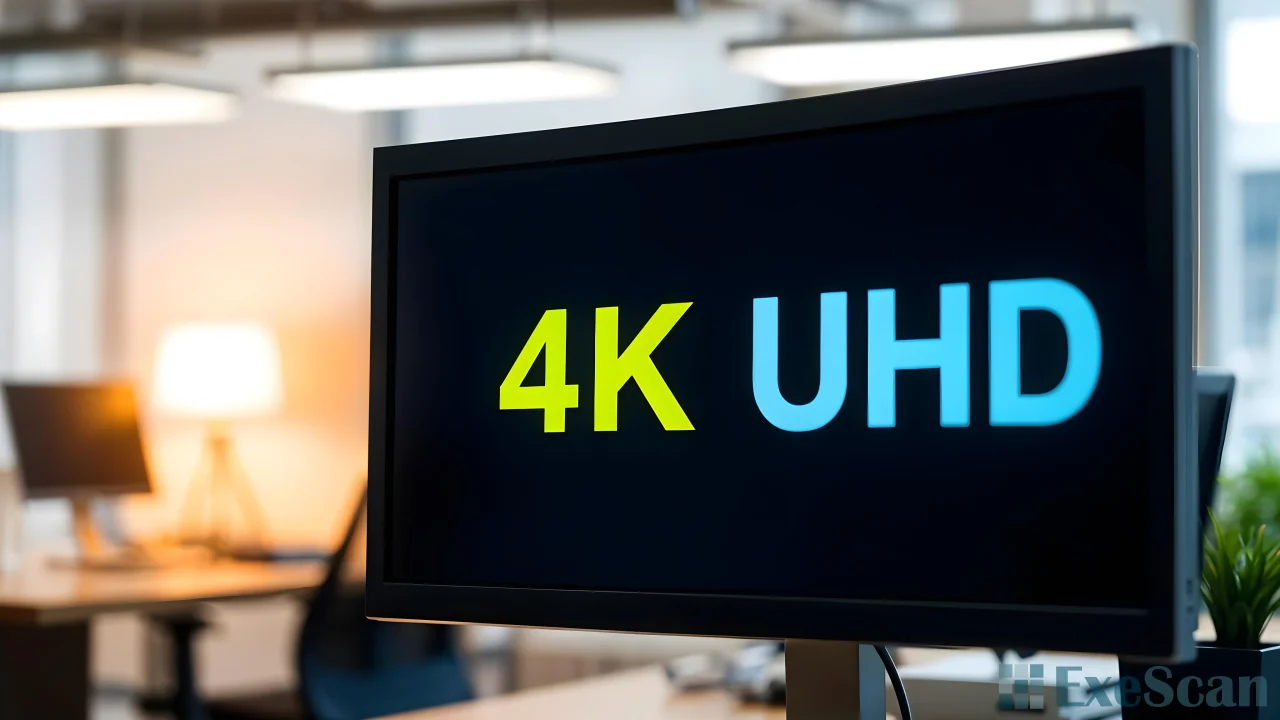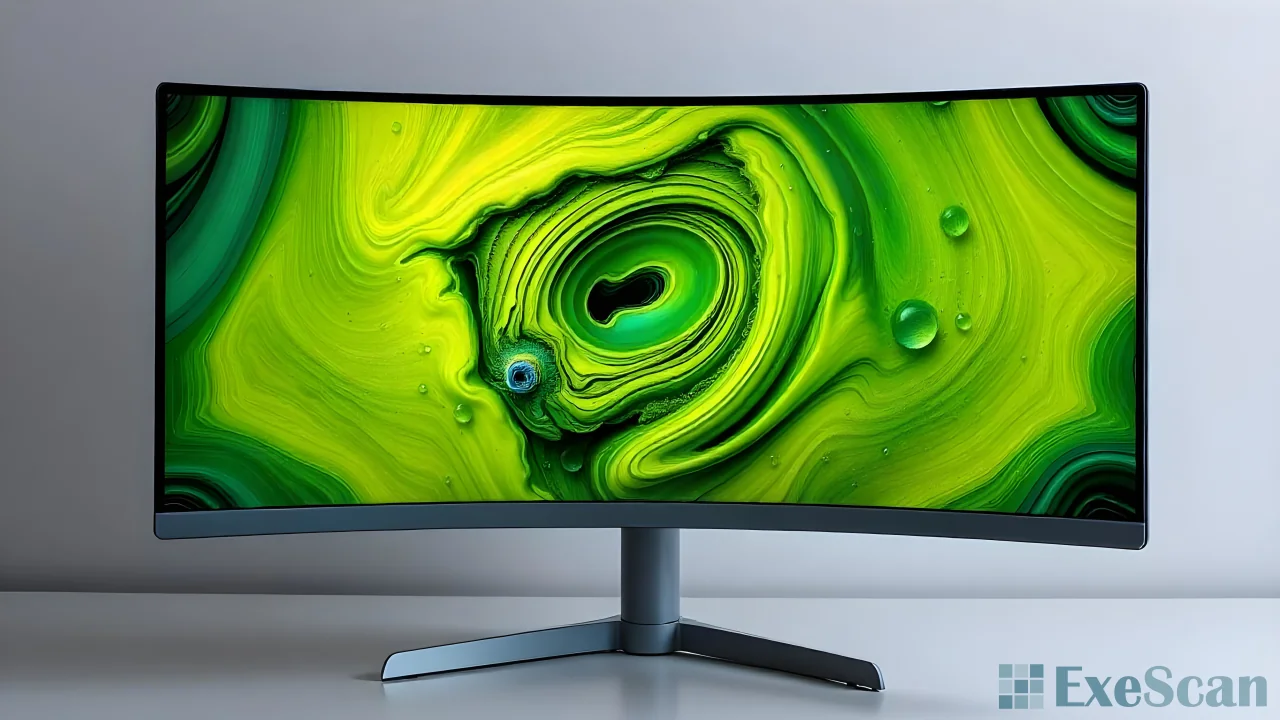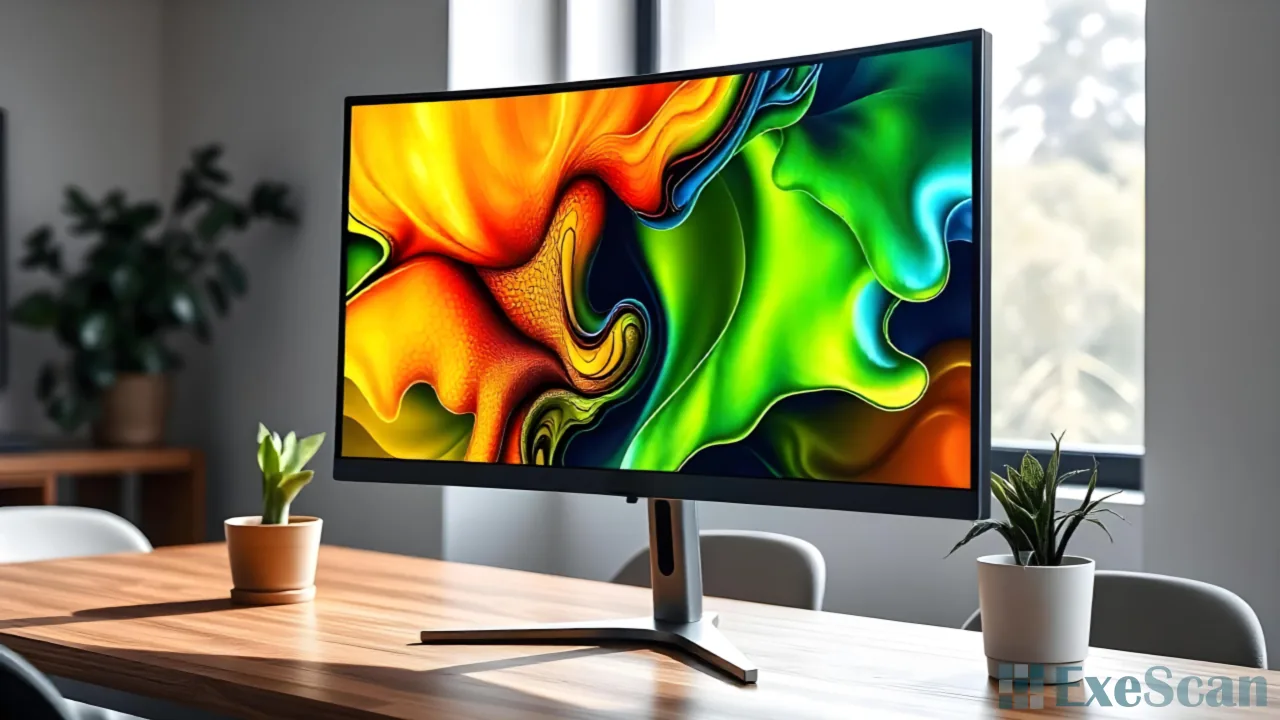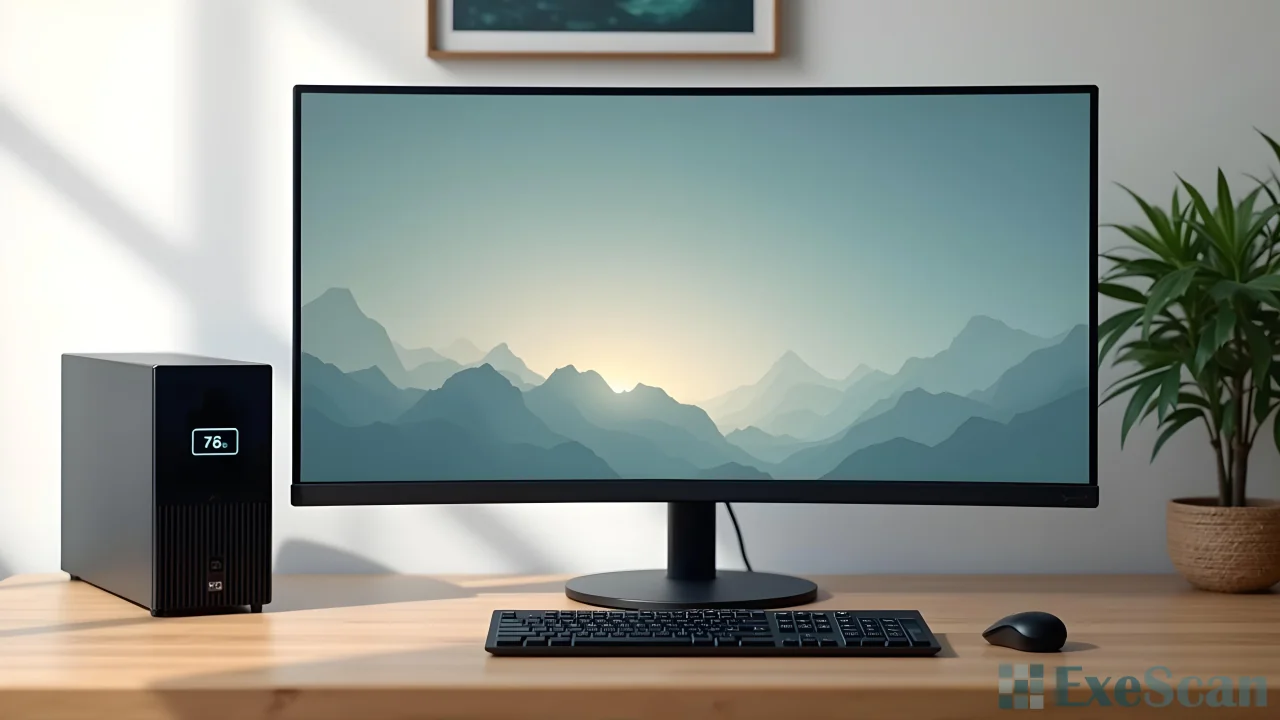When it comes to selecting a monitor for work or study, making the right choice is crucial for both productivity and health. A monitor is not just a screen; it’s a window to your digital world. The right monitor can enhance your efficiency, reduce eye strain, and make long hours at the desk more comfortable. Here’s a guide to help you pick the best monitor for your needs.
Understanding Monitor Types
The first step in choosing a monitor is understanding the different types available on the market. There are several types of monitors, each with its own strengths and weaknesses.
LCD Monitors
LCD (Liquid Crystal Display) monitors are the most common type available today. They are popular due to their affordability, lightweight design, and energy efficiency. LCD monitors are great for general office tasks, web browsing, and light photo editing.

LED Monitors
LED (Light Emitting Diode) monitors are a type of LCD monitor that uses LED backlighting instead of the older CCFL technology. LED monitors offer better brightness and contrast, making them ideal for environments with a lot of natural light. They are also more energy-efficient and have a longer lifespan than standard LCDs.
IPS Monitors
IPS (In-Plane Switching) monitors provide better color accuracy and viewing angles compared to traditional LCDs. If your work involves graphic design, video editing, or any task requiring precise color representation, an IPS monitor is a great choice.
Curved Monitors
Curved monitors offer an immersive viewing experience by slightly wrapping around your field of vision. This design can reduce eye strain by allowing your eyes to maintain a consistent focus distance across the screen. Curved monitors are especially beneficial for multitasking and large screen setups.

Choosing the Right Size
Monitor size is a critical factor that can significantly impact your work environment. The size of your monitor should be based on the nature of your tasks and the available space on your desk.
Small Monitors (20-24 inches)
Smaller monitors are suitable for basic tasks such as word processing, browsing the internet, and general office work. They are also great if you have limited desk space. However, they may not be ideal for multitasking or working with large spreadsheets and documents.
Medium Monitors (25-29 inches)
Monitors in this range offer a good balance between screen real estate and space efficiency. They are versatile and can handle a variety of tasks, from office work to moderate gaming. A 27-inch monitor, for instance, is a popular choice for those who need a bit more space for multitasking without taking up too much desk space.
Large Monitors (30 inches and above)
Large monitors provide ample screen space for multitasking, making them ideal for professionals who need to have multiple windows open simultaneously. These monitors are also great for creative work, such as video editing or graphic design. However, they require more desk space and may be overwhelming if you sit too close.
Importance of Resolution
Resolution refers to the number of pixels on the screen. A higher resolution means more detail and clarity. When choosing a monitor, resolution is just as important as size.
Full HD (1920×1080 pixels)
Full HD is the standard resolution for most monitors today. It provides a clear and crisp image and is suitable for most work-related tasks. If you’re on a budget, a Full HD monitor is a solid choice.

QHD (2560×1440 pixels)
QHD, also known as 2K, offers sharper images than Full HD and is a good middle-ground between Full HD and 4K. It’s great for professionals who require more screen space and better detail for tasks like graphic design, video editing, or data analysis.
4K UHD (3840×2160 pixels)
4K UHD monitors provide four times the resolution of Full HD, offering incredibly sharp and detailed images. These monitors are perfect for high-end graphic work, video production, and tasks that benefit from having a lot of screen real estate. However, they require a powerful computer to handle the higher resolution.
Impact on Productivity and Health
The right monitor can have a significant impact on your productivity and health. A monitor that is too small or has a low resolution can lead to eye strain, headaches, and even neck pain due to poor posture.
Eye Strain and Blue Light
Prolonged exposure to screens can cause eye strain, especially if the monitor emits a lot of blue light. Many monitors now come with blue light filters or “eye care” modes that reduce blue light emissions, helping to minimize eye fatigue.
Ergonomics
Monitor ergonomics play a crucial role in maintaining a healthy posture. A monitor that is too low can cause you to hunch over, leading to neck and back pain. It’s important to choose a monitor that can be adjusted for height, tilt, and swivel to suit your eye level and sitting posture.

Productivity
A larger monitor or a higher resolution can improve productivity by allowing you to have multiple windows open simultaneously. This is particularly beneficial for tasks that require frequent reference to multiple documents or applications.
Conclusion
Choosing the right monitor for work or study involves considering the type, size, and resolution that best fits your needs. It’s important to balance screen real estate with your workspace and to prioritize features that enhance your productivity and comfort. By investing in a good monitor, you’re not only improving your work environment but also taking a step towards better health and efficiency in your daily tasks.


